CDK7
-
Official Full Name
cyclin-dependent kinase 7 -
Overview
The protein encoded by this gene is a member of the cyclin-dependent protein kinase (CDK) family. CDK family members are highly similar to the gene products of Saccharomyces cerevisiae cdc28, and Schizosaccharomyces pombe cdc2, and are known to be important regulators of cell cycle progression. This protein forms a trimeric complex with cyclin H and MAT1, which functions as a Cdk-activating kinase (CAK). It is an essential component of the transcription factor TFIIH, that is involved in transcription initiation and DNA repair. This protein is thought to serve as a direct link between the regulation of transcription and the cell cycle. -
Synonyms
CAK1;MO15;STK1;CDKN7;p39MO15;CDK7;cyclin-dependent kinase 7;CAK;p39 Mo15;39 KDa protein kinase;Cdk-activating kinase;kinase subunit of CAK;serine/threonine kinase stk1;cell division protein kinase 7;serine/threonine protein kinase 1;serine/threonine protein kinase MO15;homolog of Xenopus MO15 Cdk-activating kinase;TFIIH basal transcription factor complex kinase subunit;cyclin-dependent kinase 7 (MO15 homolog, Xenopus laevis, cdk-activating kinase)
Recombinant Proteins
- Human
- Zebrafish
- Mouse
- Rhesus macaque
- E.coli
- Sf9 Cells
- Wheat Germ
- Insect Cells
- Human
- Mammalian Cells
- HEK293
- In Vitro Cell Free System
- Sf21 Cells
- His
- GST
- Non
- Avi
- Fc
- Flag
- DDK
- Myc
Background
What is CDK7 Protein?
CDK7 is a protein kinase, crucial for managing the cell cycle and gene transcription. Teaming up with cyclin H and MAT1, it forms the CAK complex, kicking the cell cycle into gear by phosphorylating cell cycle CDKs. Plus, as a component of the TFIIH complex, CDK7 helps out with gene transcription by phosphorylating RNA polymerase II. This protein also targets other molecules like general and specific transcription factors. Its activity is regulated by the phosphorylation of specific sites, but it can’t self-phosphorylate. While alone it’s not very active, binding with cyclin H activates CDK7, making it crucial for normal cell function. Due to its involvement in various diseases, especially cancer, CDK7 inhibitors are being explored as potential treatments.What is the Function of CDK7 Protein?
CDK7 is a key kinase involved in cell cycle regulation and gene expression. It forms part of the CAK complex with cyclin H and MAT1, promoting cell cycle progression by activating other CDKs. As a component of TFIIH, it also facilitates gene transcription by phosphorylating the CTD of RNA polymerase II. CDK7 interacts with various proteins, affecting mRNA and snRNA expression. Its activity, governed by phosphorylation states, makes it crucial for normal development and stability, with particular interest as a cancer therapy target through CDK7 inhibition.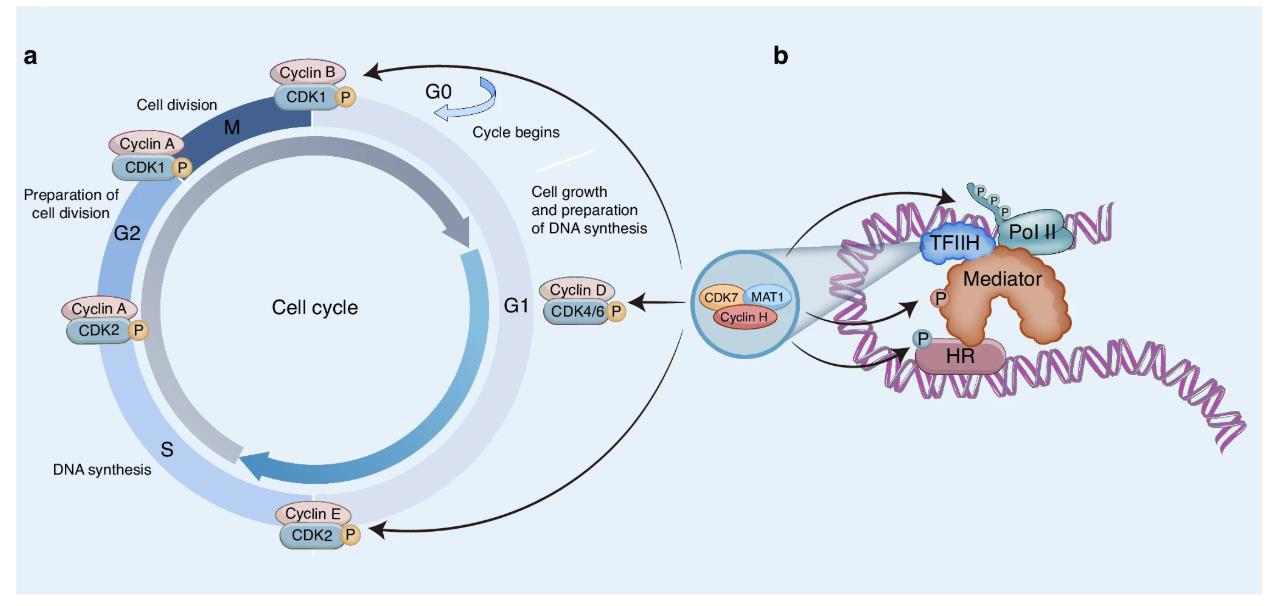
Fig1. CDK7 is a critical regulator of transcription. (Xue Song, 2024)
CDK7 Related Signaling Pathway
CDK7 protein is crucial in signaling pathways, focusing on transcription regulation and cell cycle control. As part of the CDK-activating kinase (CAK) complex, it teams up with cyclin H and MAT1, phosphorylating other CDKs’ activation loops to push cell cycle progression. It also acts as a kinase subunit within the general transcription factor TFIIH, phosphorylating the C-terminal domain (CTD) of RNA polymerase II (Pol II) to manage gene transcription’s initiation, pause release, elongation, and termination. CDK7 plays roles at various Pol II transcription stages, influencing promoter clearance, pause, chromatin modification, and mRNA 3’ end formation. By activating Cdk9/cyclin T1 (P-TEFb), CDK7 impacts Pol II’s pause and elongation, critical for gene expression regulation. Its central role in maintaining normal transcription and cell cycle control makes CDK7 a key drug development target, particularly in cancer and inflammation therapy.CDK7 Related Diseases
CDK7 is crucial in cancer treatment, especially for triple-negative breast cancer, where it’s linked to poor outcomes. CDK7 inhibitors can curb cancer cell growth and may be used with CDK4/6 inhibitors for better results. They’re also promising in treating castration-resistant prostate cancer by affecting MED1. In ovarian cancer, CDK7 inhibitors show anti-tumor effects. Notably, these inhibitors might also reduce chemotherapy-induced heart toxicity, representing potential cardiac protection. Thus, CDK7 and its inhibitors hold significant clinical value in managing cancer and related complications.Bioapplications of CDK7
Recombinant CDK7 protein plays a vital role across research, industry, and medicine. In science, it’s used to explore CDK7’s impact on cell cycle control and gene transcription, focusing on RNA polymerase II phosphorylation. Industrially, it’s key for developing specific antibodies, diagnostic tools, and screening drugs to identify compounds that regulate CDK7. In medicine, given CDK7’s role in various cancers, recombinant CDK7 is crucial for studying tumor mechanisms and creating new therapies, especially with the potential of CDK7 inhibitors. Thus, recombinant CDK7 protein is essential for advancing research, disease diagnosis, and new drug development.Case Study
Case Study 1: Linhartova K. et al. Nat Commun. 2024
The carboxy-terminal domain (CTD) of RNA Polymerase II’s largest subunit comprises repetitive sequences that help it form liquid-liquid phase-separation (LLPS) in cells. To dive deeper into how the sequence influences LLPS, we examined various CTD versions. Lab tests and simulations show that tyrosine’s aromatic nature and the proline’s shape-shifting abilities drive this separation. The CTD becomes more compact due to specific motifs, boosting internal CTD interactions. Tyrosine and proline are also needed for phosphorylation by CDK7, which, when near CTD droplets, speeds up this process and releases the phosphorylated CTD. This work emphasizes how certain structural aspects in CTD facilitate LLPS.-
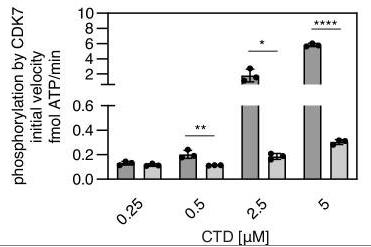 Fig1. Kinase assays with mGFP-CTD at different concentrations and 0.5 mM ATP with the CDK7 complex.
Fig1. Kinase assays with mGFP-CTD at different concentrations and 0.5 mM ATP with the CDK7 complex. -
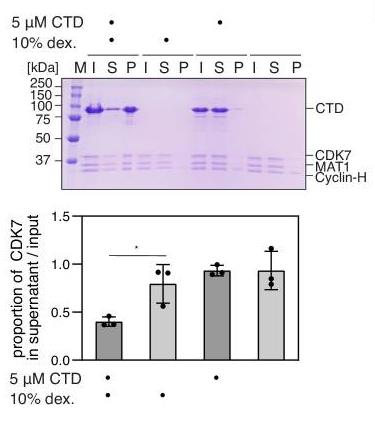 Fig2. The CDK7 complex sedimentation assay in the presence of mGFP-CTD.
Fig2. The CDK7 complex sedimentation assay in the presence of mGFP-CTD.
Case Study 2: Düster R. et al. Nat Commun. 2024
Cyclin-dependent kinase 7 (Cdk7) is vital for cell-cycle and transcription control as a CDK-activating kinase and TFIIH component. It partners with Cyclin H and Mat1, and is regulated by phosphorylations at T170 and S164. The structure of the Cdk7/Cyclin H/Mat1 complex reveals unique interactions from these phosphorylations. While T170 boosts activity towards non-CDK targets, S164 promotes complex stability and may enhance processivity. Dual phosphorylation also enhances Cdk7’s phosphorylation of RNA polymerase II’s CTD, showing how these modifications finely tune Cdk7 activity.-
 Fig3. SDS-PAGE analysis and immunoblotting of Cdk7/Cyclin H/Mat1 complexes.
Fig3. SDS-PAGE analysis and immunoblotting of Cdk7/Cyclin H/Mat1 complexes. -
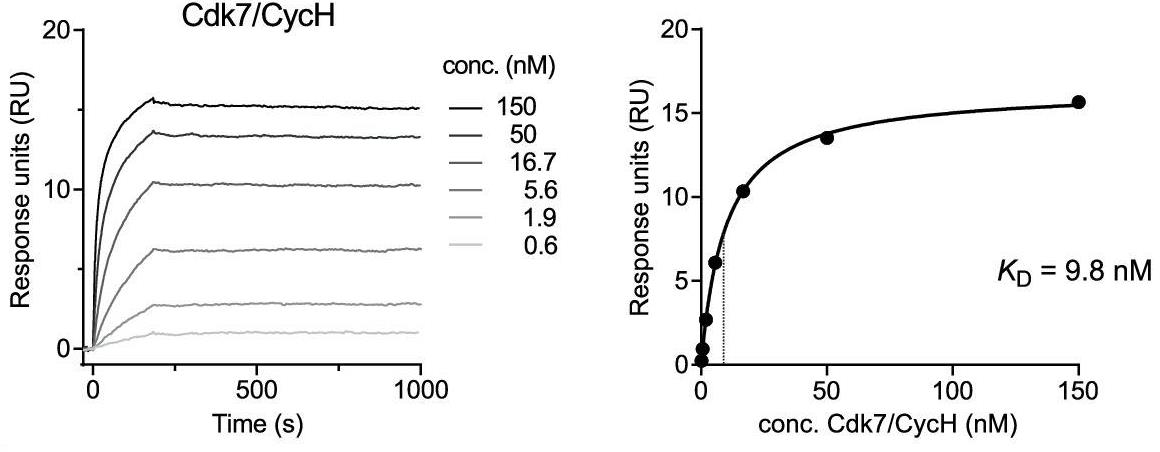 Fig4. Multi-cycle kinetics of SPR measurements.
Fig4. Multi-cycle kinetics of SPR measurements.
Quality Guarantee
High Purity
-
.jpg) Fig1. SDS-PAGE (CDK7-1033H)
Fig1. SDS-PAGE (CDK7-1033H)
-
.jpg) Fig2. SDS-PAGE (CDK7-1035H)
Fig2. SDS-PAGE (CDK7-1035H)
Involved Pathway
CDK7 involved in several pathways and played different roles in them. We selected most pathways CDK7 participated on our site, such as B Cell Receptor Signaling Pathway,Basal transcription factors,Cell Cycle, which may be useful for your reference. Also, other proteins which involved in the same pathway with CDK7 were listed below. Creative BioMart supplied nearly all the proteins listed, you can search them on our site.
| Pathway Name | Pathway Related Protein |
|---|---|
| Cell cycle | NDEL1B,DPF1,POT1,TFDP2,CDK2,LIN9,CCNB3,BRE,YWHAG,UBE2V2 |
| Cell Cycle, Mitotic | GORASP1,NCAPH,DHFR,ODF2,MYBL2,E2F2,DCTN1A,SETB,SETA,MCM8 |
| Cyclin A:Cdk2-associated events at S phase entry | CKS1B,MYCA |
| Cyclin A/B1 associated events during G2/M transition | FOXM1 |
| Basal transcription factors | GTF2I,TAF1,ERCC2,GTF2E1,GTF2F1,TAF5L,GTF2IRD1,TAF4B,CCNH,GTF2H1 |
| Cyclin D associated events in G1 | E2F4,CDKN2B,CKS1B,PIANP,CDKN2D,CDKN2C |
| B Cell Receptor Signaling Pathway | MAP2K2,PPP3CB,IKBKB,RAC1,FOS,HRAS,PIK3CA,AKT1,GSK3AB,PIK3R5 |
-
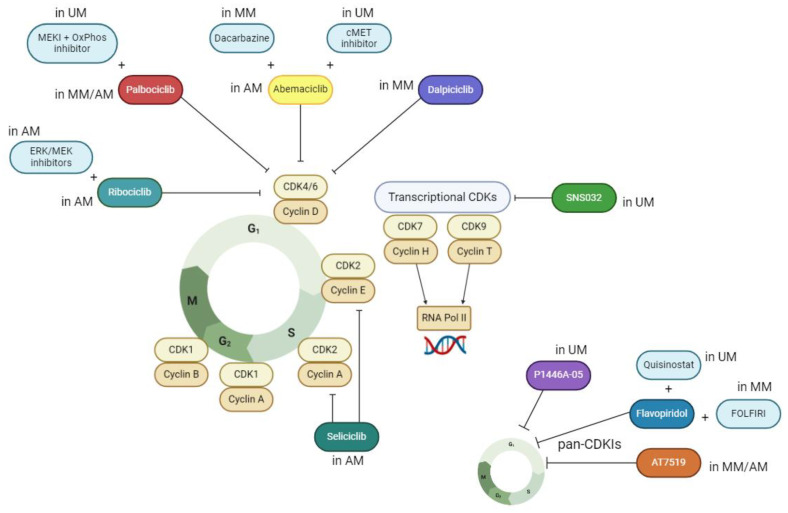 Fig1. A summary of preclinical and clinical research connected to the use of CDKIs in treatment of mucosal melanoma (MM), uveal melanoma (UM) and acral melanoma (AM). (Jonatan Kaszubski, 2024)
Fig1. A summary of preclinical and clinical research connected to the use of CDKIs in treatment of mucosal melanoma (MM), uveal melanoma (UM) and acral melanoma (AM). (Jonatan Kaszubski, 2024) -
 Fig2. Role of CDK7 in regulating the cell cycle (a), transcription (b) and DNA repair (c). (Ying Gong, 2024)
Fig2. Role of CDK7 in regulating the cell cycle (a), transcription (b) and DNA repair (c). (Ying Gong, 2024)
Protein Function
CDK7 has several biochemical functions, for example, ATP binding,DNA-dependent ATPase activity,RNA polymerase II carboxy-terminal domain kinase activity. Some of the functions are cooperated with other proteins, some of the functions could acted by CDK7 itself. We selected most functions CDK7 had, and list some proteins which have the same functions with CDK7. You can find most of the proteins on our site.
| Function | Related Protein |
|---|---|
| transcription coactivator activity | CEBPA,SUB1B,BIRC2,CD3D,TAF7L,TRIM24,TGFB1I1,MED12,SRA1,TAF9 |
| protein kinase activity | STK35L,RAF1A,CSF1RA,NLK1,DAPK2A,ERBB3A,CSNK1G2A,MAP2K4B,PINK1,JAK2A |
| androgen receptor binding | PRPF6,NCOA1,EP300,PRMT2,RNF4,PRKCBB,WIPI1,SMARCA4,NCOA3,KDM3A |
| protein C-terminus binding | HESX1,SNF8,PEX16,ABL1,GRIP1,SHANK2,BAIAP2,TBL1X,DGKZ,HIC2 |
| RNA polymerase II carboxy-terminal domain kinase activity | MAPK1,CDK13,CDK12,CDK8,CDK1,CCNK,CDK9 |
| protein binding | LYVE1,VASP,ARHGAP1,ACMSD,MX2,TRIM33,VAMP4,NADSYN1,GNG4,LENG1 |
| ATP binding | DNA2,DDX58,PRPS1,PRKCB,HSPA1A,PIK3R4,TSSK5,DDX11,VRK2,ATP8B5 |
| cyclin-dependent protein serine/threonine kinase activity | CDK5R1,PFTK1,MOK,CDK5,NAT1,CDK13,CDK20,CDKL1,CDKL2,CDK11B |
| DNA-dependent ATPase activity | RAD51D,RAD51B,DMC1,MSH4,ERCC6,CHD8,MSH5,SMARCA4,RAD51L1,RAD51L3 |
Interacting Protein
CDK7 has direct interactions with proteins and molecules. Those interactions were detected by several methods such as yeast two hybrid, co-IP, pull-down and so on. We selected proteins and molecules interacted with CDK7 here. Most of them are supplied by our site. Hope this information will be useful for your research of CDK7.
CCNH;MNAT1;GTF2H5;Dlg4;SRPK2;SRPK1;HSP90AB1;E2F1;HLA-DQA1
Resources
Related Services
Related Products
References
- Caro-Astorga, J; Fajardo, I; et al. Nascent histamine induces alpha-synuclein and caspase-3 on human cells. BIOCHEMICAL AND BIOPHYSICAL RESEARCH COMMUNICATIONS 451:580-586(2014).
- Phinyo, M; Nounurai, P; et al. Characterization and expression analysis of Cyclin-dependent kinase 7 gene and protein in ovaries of the giant tiger shrimp Penaeus monodon. AQUACULTURE 432:286-294(2014).


